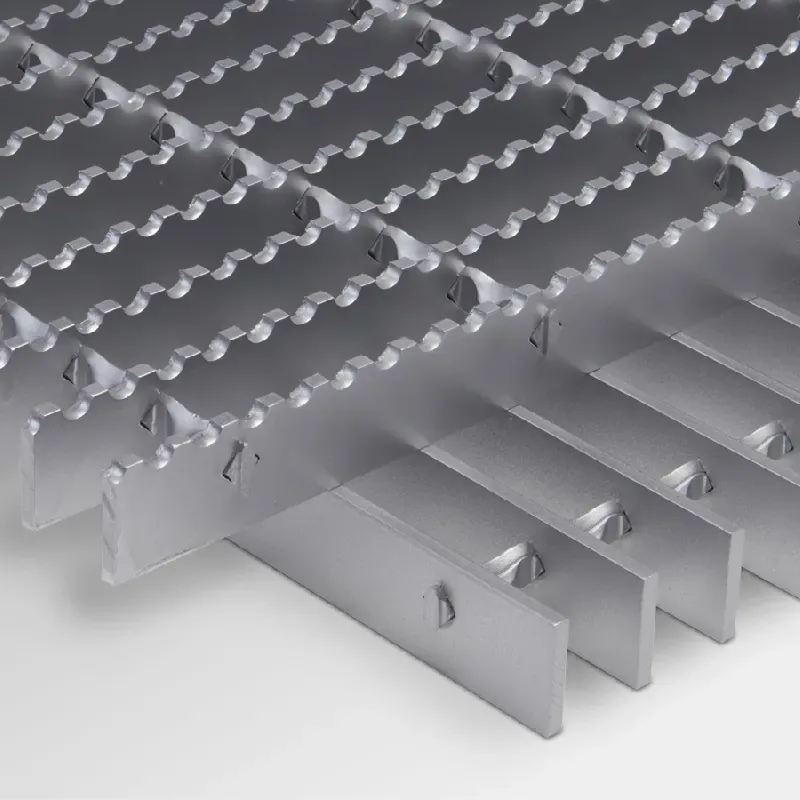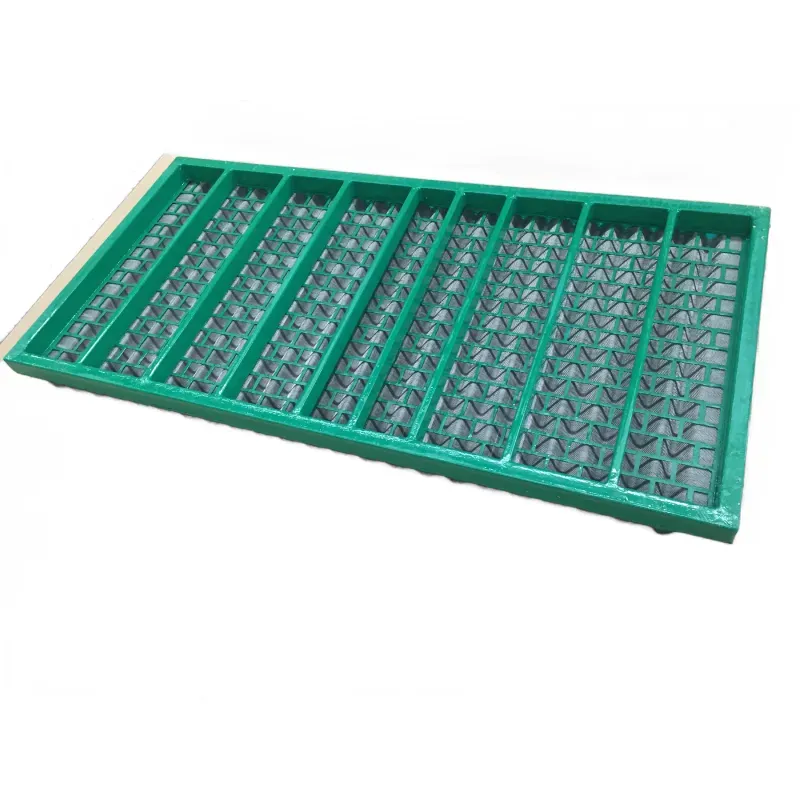- Industrial zone, South of Anping Town, Hengshui, Hebei, China.
- sales@hfpetromesh.com
- +86-18931809706
 Afrikaans
Afrikaans  Albanian
Albanian  Amharic
Amharic  Arabic
Arabic  Armenian
Armenian  Azerbaijani
Azerbaijani  Basque
Basque  Belarusian
Belarusian  Bengali
Bengali  Bosnian
Bosnian  Bulgarian
Bulgarian  Catalan
Catalan  Cebuano
Cebuano  Corsican
Corsican  Croatian
Croatian  Czech
Czech  Danish
Danish  Dutch
Dutch  English
English  Esperanto
Esperanto  Estonian
Estonian  Finnish
Finnish  French
French  Frisian
Frisian  Galician
Galician  Georgian
Georgian  German
German  Greek
Greek  Gujarati
Gujarati  Haitian Creole
Haitian Creole  hausa
hausa  hawaiian
hawaiian  Hebrew
Hebrew  Hindi
Hindi  Miao
Miao  Hungarian
Hungarian  Icelandic
Icelandic  igbo
igbo  Indonesian
Indonesian  irish
irish  Italian
Italian  Japanese
Japanese  Javanese
Javanese  Kannada
Kannada  kazakh
kazakh  Khmer
Khmer  Rwandese
Rwandese  Korean
Korean  Kurdish
Kurdish  Kyrgyz
Kyrgyz  Lao
Lao  Latin
Latin  Latvian
Latvian  Lithuanian
Lithuanian  Luxembourgish
Luxembourgish  Macedonian
Macedonian  Malgashi
Malgashi  Malay
Malay  Malayalam
Malayalam  Maltese
Maltese  Maori
Maori  Marathi
Marathi  Mongolian
Mongolian  Myanmar
Myanmar  Nepali
Nepali  Norwegian
Norwegian  Norwegian
Norwegian  Occitan
Occitan  Pashto
Pashto  Persian
Persian  Polish
Polish  Portuguese
Portuguese  Punjabi
Punjabi  Romanian
Romanian  Russian
Russian  Samoan
Samoan  Scottish Gaelic
Scottish Gaelic  Serbian
Serbian  Sesotho
Sesotho  Shona
Shona  Sindhi
Sindhi  Sinhala
Sinhala  Slovak
Slovak  Slovenian
Slovenian  Somali
Somali  Spanish
Spanish  Sundanese
Sundanese  Swahili
Swahili  Swedish
Swedish  Tagalog
Tagalog  Tajik
Tajik  Tamil
Tamil  Tatar
Tatar  Telugu
Telugu  Thai
Thai  Turkish
Turkish  Turkmen
Turkmen  Ukrainian
Ukrainian  Urdu
Urdu  Uighur
Uighur  Uzbek
Uzbek  Vietnamese
Vietnamese  Welsh
Welsh  Bantu
Bantu  Yiddish
Yiddish  Yoruba
Yoruba  Zulu
Zulu
- Afrikaans
- Albanian
- Amharic
- Arabic
- Armenian
- Azerbaijani
- Basque
- Belarusian
- Bengali
- Bosnian
- Bulgarian
- Catalan
- Cebuano
- Corsican
- Croatian
- Czech
- Danish
- Dutch
- English
- Esperanto
- Estonian
- Finnish
- French
- Frisian
- Galician
- Georgian
- German
- Greek
- Gujarati
- Haitian Creole
- hausa
- hawaiian
- Hebrew
- Hindi
- Miao
- Hungarian
- Icelandic
- igbo
- Indonesian
- irish
- Italian
- Japanese
- Javanese
- Kannada
- kazakh
- Khmer
- Rwandese
- Korean
- Kurdish
- Kyrgyz
- Lao
- Latin
- Latvian
- Lithuanian
- Luxembourgish
- Macedonian
- Malgashi
- Malay
- Malayalam
- Maltese
- Maori
- Marathi
- Mongolian
- Myanmar
- Nepali
- Norwegian
- Norwegian
- Occitan
- Pashto
- Persian
- Polish
- Portuguese
- Punjabi
- Romanian
- Russian
- Samoan
- Scottish Gaelic
- Serbian
- Sesotho
- Shona
- Sindhi
- Sinhala
- Slovak
- Slovenian
- Somali
- Spanish
- Sundanese
- Swahili
- Swedish
- Tagalog
- Tajik
- Tamil
- Tatar
- Telugu
- Thai
- Turkish
- Turkmen
- Ukrainian
- Urdu
- Uighur
- Uzbek
- Vietnamese
- Welsh
- Bantu
- Yiddish
- Yoruba
- Zulu
feb . 16, 2025 04:31
Back to list
iron trench drain grates
Iron trench drain grates play an essential role in modern infrastructure design, bridging the gap between functionality and aesthetic appeal. These grates, an often overlooked component, are critical in ensuring effective water management, particularly in areas prone to heavy rainfall or flooding. With the growing awareness of climate change and the increasing need for sustainable urban planning, trench drain systems have garnered substantial attention.
In terms of aesthetics, iron grates offer a sophisticated blend of functionality and design versatility. Modern manufacturing techniques allow these grates to be customized in various patterns and finishes, enabling them to complement diverse architectural styles. This adaptability ensures that they can be seamlessly integrated into public spaces without disrupting the visual harmony, whether in urban parks, historic districts, or sleek, modern landscapes. The longevity of iron trench drain grates further establishes them as a cost-effective solution for civic infrastructure. While the initial investment might be higher compared to less durable materials, the long lifecycle and low maintenance costs associated with iron grates provide substantial economic advantages. Lifecycle cost analysis consistently shows that the durability and reliability of iron compensate for the initial expenditure over time, making them an appealing option for budget-conscious planners. When it comes to safety, iron trench drain grates also offer an added layer of security. The weight and density of the material provide a stable surface that minimizes the risk of shifting under stress. Additionally, the slip-resistant textures that can be incorporated into their design help prevent accidents, particularly in wet conditions. Safety, thus, is enhanced not only through the grates' structural capabilities but also through thoughtful design considerations. The authority and credibility of iron as a material of choice for trench drain grates is backed by extensive historical usage and continuous innovation in metal processing. Historical structures with iron components have withstood the test of time, and ongoing research into alloys and protective coatings continues to expand the capabilities and applications of iron. In conclusion, iron trench drain grates are more than just a structural necessity; they are a testament to engineering innovation and aesthetic versatility. Their contributions to efficient water management, combined with their environmental benefits and aesthetic potential, make them indispensable in modern construction and urban planning. As infrastructure demands evolve, the role of iron grates will undoubtedly remain pivotal, serving as a fundamental solution to both contemporary and future challenges in civil engineering. By ensuring that developments adhere to these high standards, planners and engineers can contribute to building safer, more sustainable, and visually pleasing environments.


In terms of aesthetics, iron grates offer a sophisticated blend of functionality and design versatility. Modern manufacturing techniques allow these grates to be customized in various patterns and finishes, enabling them to complement diverse architectural styles. This adaptability ensures that they can be seamlessly integrated into public spaces without disrupting the visual harmony, whether in urban parks, historic districts, or sleek, modern landscapes. The longevity of iron trench drain grates further establishes them as a cost-effective solution for civic infrastructure. While the initial investment might be higher compared to less durable materials, the long lifecycle and low maintenance costs associated with iron grates provide substantial economic advantages. Lifecycle cost analysis consistently shows that the durability and reliability of iron compensate for the initial expenditure over time, making them an appealing option for budget-conscious planners. When it comes to safety, iron trench drain grates also offer an added layer of security. The weight and density of the material provide a stable surface that minimizes the risk of shifting under stress. Additionally, the slip-resistant textures that can be incorporated into their design help prevent accidents, particularly in wet conditions. Safety, thus, is enhanced not only through the grates' structural capabilities but also through thoughtful design considerations. The authority and credibility of iron as a material of choice for trench drain grates is backed by extensive historical usage and continuous innovation in metal processing. Historical structures with iron components have withstood the test of time, and ongoing research into alloys and protective coatings continues to expand the capabilities and applications of iron. In conclusion, iron trench drain grates are more than just a structural necessity; they are a testament to engineering innovation and aesthetic versatility. Their contributions to efficient water management, combined with their environmental benefits and aesthetic potential, make them indispensable in modern construction and urban planning. As infrastructure demands evolve, the role of iron grates will undoubtedly remain pivotal, serving as a fundamental solution to both contemporary and future challenges in civil engineering. By ensuring that developments adhere to these high standards, planners and engineers can contribute to building safer, more sustainable, and visually pleasing environments.
Share
Next:
Latest news
-
Welded Steel Bar Grating: The Rugged Industrial Flooring Solution Built for Load and LongevityNewsJun.24,2025
-
Steel Walkway Grating: Reliable, Resilient, and Built for Every StepNewsJun.24,2025
-
Shale Shaker Screen for Sale: Optimize Drilling Efficiency with Precision Screening PowerNewsJun.24,2025
-
Shaker Screen for Sale: Elevate Your Drilling Efficiency with Durable Separation SolutionsNewsJun.24,2025
-
Press Locked Steel Grating: Industrial Strength with Precision Fit for Heavy-Duty ApplicationsNewsJun.24,2025
-
Perimeter Safety Netting: The Critical Safety Upgrade for Every HelipadNewsJun.24,2025